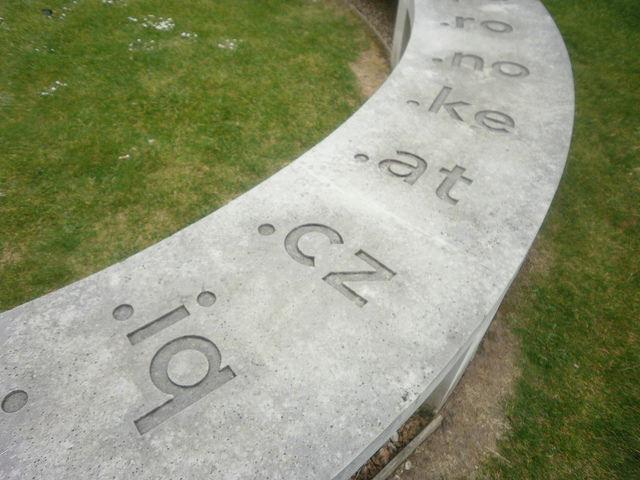
When it comes to buying used domains, the biggest issue faced by buyers is to check the domain process. There are so many different factors, which have to be taken into consideration. In order to make this process simpler, we have narrowed down the checks into four ways in which the background of the domain can be checked.
1. The first way is to check if the domain is the cache. All search engines store a cached version of the domain on their servers. Every domain has a “robots.txt” file. When a domain owner submits the domain to be indexed, the search engines store a map of the domain at their end. Even after a domain name has expired, the cached content will remain listed on the search engines.
The best way to do is this to search for the domain on any search engine and click on the ‘Cached’ option. This will show you the old information of the domain. This content will continue to remain until the domain is resubmitted to the search engines for listing.
2. The second way to check a domain is to understand who the seller is. More often than not, people called domain resellers sell the domain. Domain resellers are authorized sales agents of the major domain selling websites. When a domain expires, they put up the domain for resale. What this means is that the original owner of the website is not the seller.
Hence, whenever a domain comes up for resale, always check the domain authority and the issues connected with the domain. There are a number of online tools that will allow you to check what the domain was used for previously and if there are any issues connected with the domain.
3. The third method is to check the linking process undertaken by the earlier owner. Every domain master knows that linking is a crucial process when it comes to generating eyeballs for their domain. However, this is one of the most abused processes among SEO techniques. Domain owners usually post links on sites with poor page ranks and which are not connected with their website.
Hence, you need to cross check all the back-links associated with the domain via the various online tools available. This method to check domain background will help you understand the links that can be used by you and the links that are no longer relevant.
4. The fourth way is to check the reputation of the domain. This is easily the most important step in the whole process. When a domain is put up for sale, it basically means that the previous owner is unable to afford the cost of the domain or has been blacklisted or is unable to use the domain for its original purpose.
Hence, you should always check for negative reviews connected with the domain. The simplest way to do this is to put negative words like “bad”; “sucks” in front of the domain. This will allow you to check all the bad reviews and feedback associated with the domain. An absence of any bad reviews will indicate a good domain.
Do you have any other methods to check domain background? Kindly leave your comments and tell us.
Photo Credit: Flickr/Grey Hargreaves



















